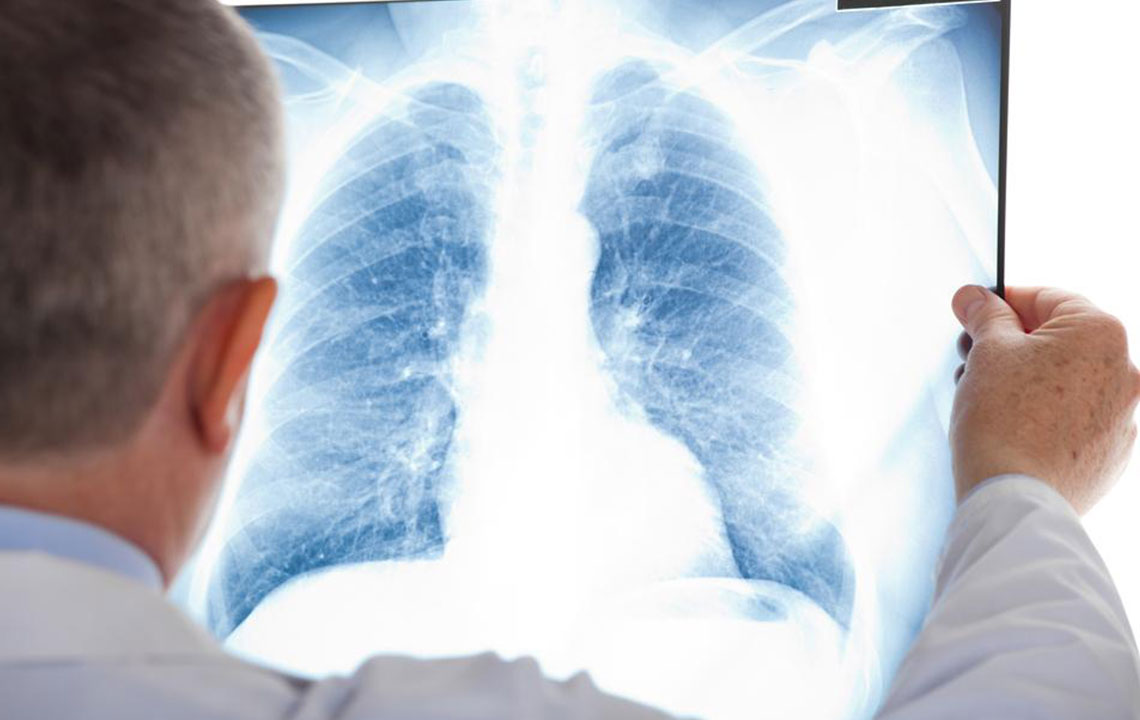Understanding the Stages and Treatment Options of Pleural Mesothelioma
Pleural mesothelioma is caused due to exposure to asbestos. It is characterized by chest pain or pleurisy, shortness of breath or dyspnea, fever, lower back pain, swelling of face and limbs, dry, sometimes painful, coughing, coughing up blood, fluid buildup in the lungs, otherwise called pleural effusion, tissue lumps in the chest, and unexplained weight loss.
Pleural mesothelioma has four stages. It can spread to the lymph nodes and from there spread to the rest of the body rapidly, though it spread to the brain is very rare.

More than 30 percent of those diagnosed with pleural mesothelioma is veterans who have served in the Navy because asbestos was sued as an insulator on military ships and it was impossible not to inhale the fibers. Due to this, veterans diagnosed with this are granted certain benefits by the VA.
Pleural mesothelioma is not considered curable and has a grim prognosis. Primary treatment of pleural mesothelioma involves a surgical procedure called Extra-pleural Pneumonectomy (EPP), which is performed during stages one and two of pleural mesothelioma, where the affected lung and the pleura on the lung, diaphragm, and heart are removed. Another surgery is called pleurectomy decortication, where the cancerous pleura, as well as tumors on the surface of the lung, are removed in the early stages of pleural mesothelioma. Sometimes, it is also done during the later stages in order to expand the lung and help in ease of breathing as well as to alleviate pain.
Post-surgery measures in mesothelioma involve drug treatment and chemotherapy, the most effective of which is a combination of cisplatin and ALIMTA. Another form of secondary treatment is radiation, done post surgery, which has been found to decrease chances of relapse.




